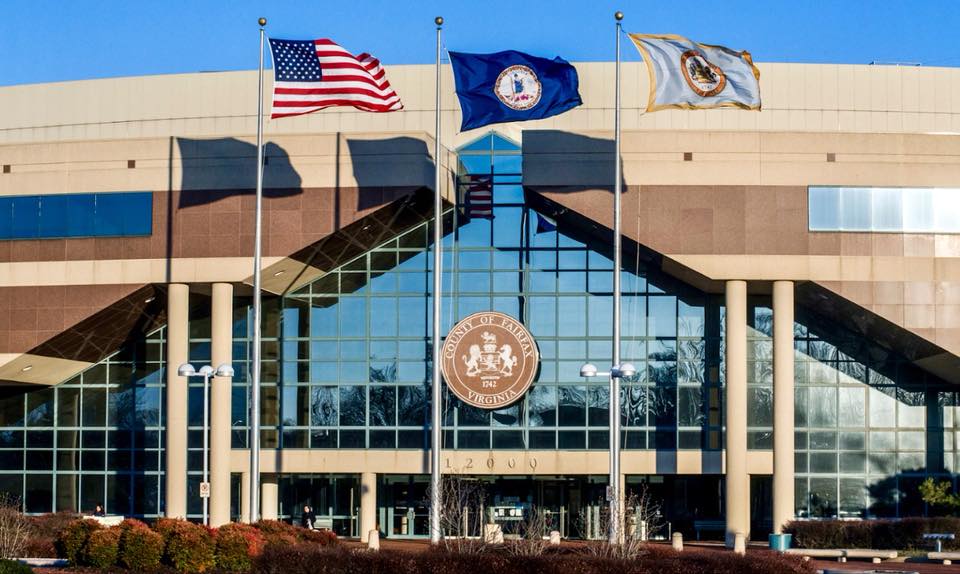The Creosote Conundrum: A Closer Look from Fairfax VA
As the chilly winter months approach, many homeowners in Fairfax, VA, look forward to cozy evenings by the fireplace. However, the soothing warmth of a crackling fire can often disguise a hidden danger – creosote. This substance, a byproduct of combustion, can become a significant hazard if not managed correctly. This piece will delve into the creosote conundrum, exploring its nature, risks, and solutions, highlighting the valuable services provided by A&T Chimney Sweeps – a renowned company offering fireplace, furnace, dryer vent, gutter cleaning, and repair services in Fairfax, VA.
Creosote: What Is It?
Creosote is a thick, oily substance that forms when wood or other organic materials are burned. It is a combination of soot, tar, and other combustion byproducts. As the smoke ascends through the chimney, it cools and condenses, forming a layer of creosote on the chimney walls.
While creosote formation is a natural process and cannot be entirely avoided, its accumulation can present significant risks. Depending on the burning conditions, creosote can take on three forms:
1. First-degree creosote: This is the least concentrated form, appearing as a light, flaky deposit that can be easily brushed away.
2. Second-degree creosote: This appears as shiny black flakes or puffy deposits that are harder to remove.
3. Third-degree creosote: The most dangerous form, it is a thick, tarry layer that is highly combustible and hard to remove.
The Risks of Creosote
The creosote conundrum primarily arises from the risks it poses. Accumulated creosote can lead to chimney fires, which can quickly spread to other parts of the house. Creosote fires are particularly dangerous as they burn intensely and can go undetected until it’s too late.
Moreover, a blocked chimney due to creosote build-up can lead to carbon monoxide poisoning. This odorless, colorless gas can accumulate in your home without your knowledge, posing serious health risks.
Creosote also causes structural damage to the chimney. Its corrosive properties can eat away the chimney liner, leading to further safety issues. Additionally, creosote can produce a strong, unpleasant odor, especially during the humid summer months.
Addressing the Creosote Conundrum
The first step in managing the creosote conundrum is regular chimney inspections. Homeowners should ideally have their chimneys inspected at least once a year, especially before the winter season. This inspection will help identify any creosote build-up and other potential issues.
However, inspection alone is not enough. Regular chimney cleaning is crucial to maintain a safe and efficient fireplace. Chimney sweeps use specialized brushes and equipment to remove creosote and other debris from the chimney walls.
This is where professional services, such as those provided by A&T Chimney Sweeps, come into play. With their team of experienced technicians, they offer comprehensive chimney cleaning services, ensuring your fireplace is safe and ready for use.
FAQs about Creosote
1. Can I clean creosote myself?
While some first-degree creosote can be cleaned by homeowners, it is generally recommended to hire professionals for this task. They have the necessary equipment and knowledge to deal with creosote effectively and safely.
2. How often should I have my chimney cleaned?
The National Fire Protection Association recommends annual chimney inspections. However, the frequency of cleaning can depend on how often you use your fireplace and the type of wood you burn.
3. Can I prevent creosote build-up?
While complete prevention is not possible, you can reduce creosote accumulation. This can be achieved by burning only seasoned wood, maintaining a hot fire, and ensuring proper ventilation.
4. Can I detect creosote in my chimney?
Creosote is often visible as a dark, oily substance on the chimney walls. However, its presence can also be indicated by a strong, smoky odor or a reduced drafting efficiency of your fireplace.
In conclusion, the creosote conundrum is a serious issue that requires homeowners’ attention. By understanding the risks and taking proactive measures, such as regular inspections and cleaning, you can ensure a safe and cozy fireplace experience. And with professional services like A&T Chimney Sweeps, you can rest assured that your chimney is in good hands.








